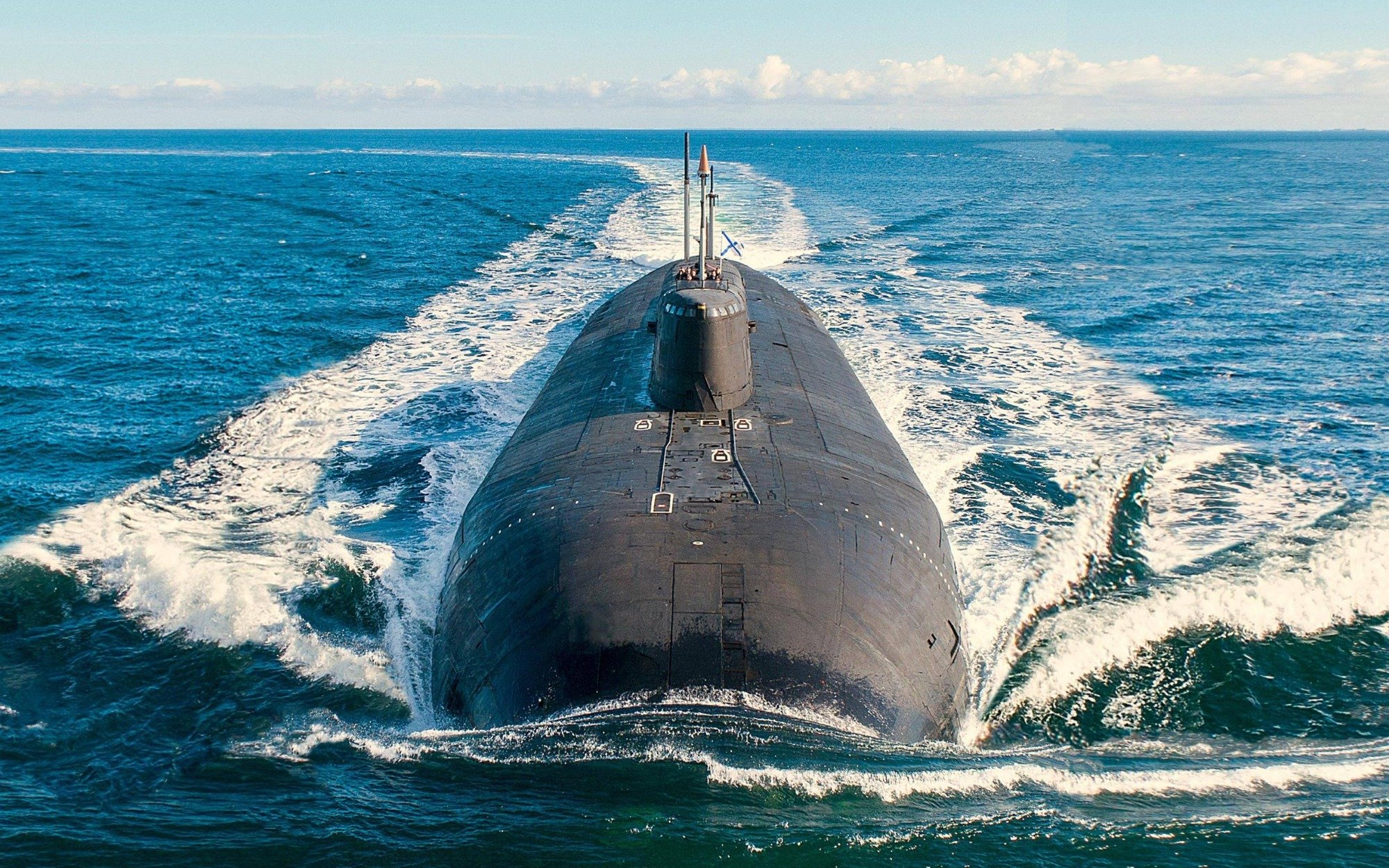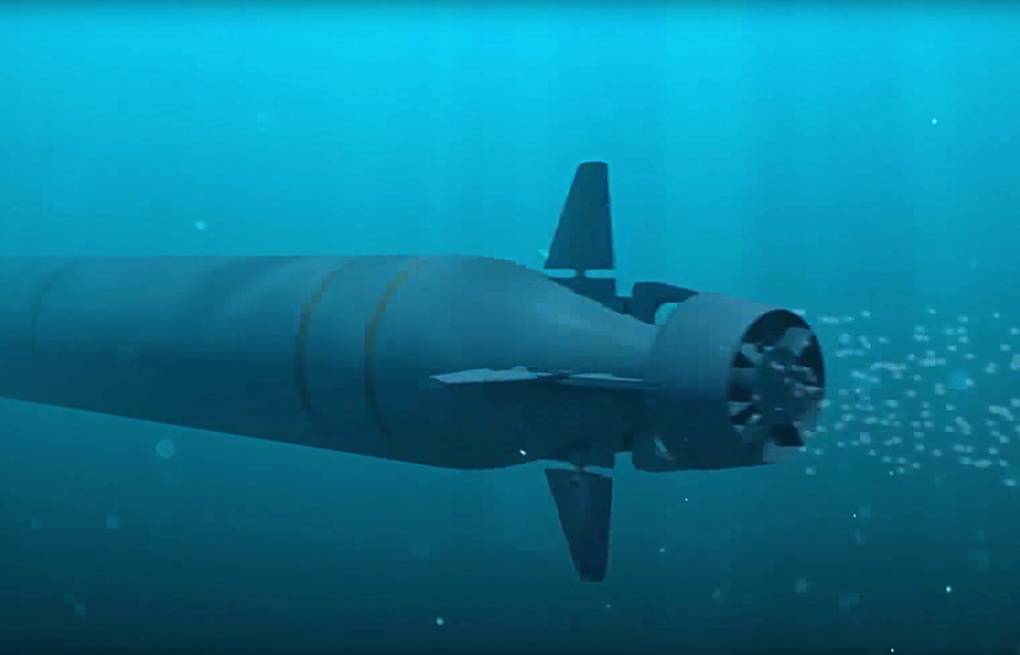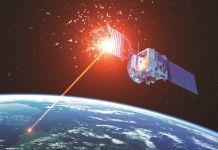Russia announced a giant nuclear torpedo called ‘Poseidon’ in 2010, capable of hitting coastal cities and wreaking havoc with its nuclear warhead, sparking concerns in the United States. In what could come as another nightmare for the US, China has also decided to join the club and create its mini-version of the Russian Poseidon.
Reaching The ‘Farthest Point’ – Chinese Scientists Bat For Neptune Mission; Aim To Take Over Where NASA’s Voyager Left
A research team in Beijing recently claimed to have finished the conceptual design for a compact, inexpensive nuclear reactor that would propel a swarm of torpedoes across the Pacific Ocean in about a week, Hong Kong-based South China Morning Post reported.
The assertions were made in a peer-reviewed Journal of Unmanned Undersea Systems report, a journal published by the largest navy contractor in China, China Shipbuilding Industry Corporation.
The Chinese researchers are reportedly proposing to develop a miniature version of the Poseidon autonomous submarine of Russia, the first known underwater drone driven by nuclear energy.
1st Footage Of Russia’s Kamikaze ‘Suicide’ Drone Emerges; Loitering Lancets Bust Ukraine’s ‘Western Armory’
Once developed, these Chinese torpedoes might be able to hit American targets by crossing the Pacific in over a week without getting detected in their course.

Russia’s Poseidon had become focused this year when Russian President Vladimir Putin activated his strategic nuclear forces and threatened a nuclear attack. This underwater mega-weapon system was a weapon of choice if Russia chose to launch a nuclear attack.
Poseidon is an Intercontinental Nuclear-Powered Nuclear-Armed Autonomous Torpedo. Even though it is slower than an ICBM, it might be unstoppable and makes up for Russia’s most formidable strategic weapons. The Chinese, however, maintain that their mini-torpedo would be different than Russia’s.
HIMARS HAVOC! Ukraine Bombs Key Russian Supply Bridge Using US Multiple Launch Rockets (MLRS)
China’s Personalized Miniature-Poseidon
According to the Chinese researchers, the mini version could be placed into a typical torpedo tube and launched in huge numbers from virtually any submarine or battleship, in contrast to the Poseidon, which cannot be mass-produced because it is too massive, expensive, and destructive.
Each torpedo would launch and maintain its cruising speed of over 30 knots (56 km/h or 35 mph) for 200 hours using a disposable nuclear reactor before being dropped to the seafloor. Then, it will use a battery to power a conventional weapon strike. This indicates that China does not want to use a nuclear warhead.
Guo Jian, the lead scientist from the China Institute of Atomic Energy, said that their design differs significantly from Poseidon in several ways.
He elaborated that thanks to its high flexibility and low cost, the unmanned underwater vehicle coupled with the nuclear power system can be deployed as a conventional force like an attack nuclear submarine rather than as a nuclear missile.
The Poseidon’s two-megaton nuclear weapon is 100 times more potent than the Hiroshima bomb and can destroy a coastal city or a larger area. However, using such a weapon could start a nuclear war that would end the world, making the development of many such systems unlikely.
One of Vladimir Putin’s six “super weapons” mentioned in a ferocious speech in 2019 was the Poseidon torpedo. Its primary duty is to strike coastal sites without warning.
Its nuclear propulsion and other design features would enable it to be fired from a great distance. They may even allow it to linger on standby before launching an attack.

The Belgorod special operations submarine carries the torpedo, which was handed over to the Russian Navy earlier this month, as previously reported by the EurAsian Times.
Guo said there is a growing demand in China for “small, high-speed, long-range unmanned underwater vehicles that can be used in reconnaissance, tracking, attack and strategic strike.” However, Gao’s team did not specify what kind of targets his team would aim for.
Nuclear energy can supply a large quantity of energy to support these tasks. However, the majority of reactors have complex structures and are expensive.
According to Guo, “we need to go outside the box to develop a new nuclear power system with mature and straightforward technology that is easy to use and maintain, economical, and suited for mass production.”

A Technological Breakthrough?
The project team removed most of the reactor’s shielding materials for their design, protecting only a few essential components from radiation. Pricey coatings made of rare earth elements in the reactor core were swapped out for less expensive materials like graphite.
The experts recommend employing some commercially accessible components from the global market in place of military-grade items to reduce expenses further.
The reactor would produce more than 1.4 megawatts of heat from less than 4 kilograms (8.8lbs) of low-concentration uranium fuel. They claimed that the service staff could handle the small reactor as a clean asset without needing protective gear because it would not produce any radiation.

As soon as the torpedo departs the launch pad, a chain reaction would begin, taking approximately 30 minutes (20 times faster than a typical nuclear submarine reactor) to reach a working temperature of 300 degrees Celsius (572 degrees Fahrenheit) and propel the torpedo to a cruising speed of roughly 60 km/h (37mph).
According to the researchers, the reactor could run for up to 400 hours while traveling over 10,000 kilometers (6,200 miles), roughly the distance between Shanghai and San Francisco.
Future naval fights would heavily rely on “smart torpedoes,” said Ma Liang, a researcher at the Navy Submarine Academy in Qingdao, Shandong province studying submarine launch technology.
According to Ma, sophisticated torpedoes may set up an ambush on the other side of the ocean and attack submarines as they leave a port in home waters that is impossible to access by manned platforms.
According to her, the torpedo swarm may receive commands from humans or an autonomous underwater command vehicle to perform various tasks like reconnaissance and pursuing a valuable target. Her statements indicate that the Chinese naval strategy could evolve to create cheap, autonomous underwater systems to attack an adversary’s assets.
This could come as a mammoth concern for the United States as it is already reeling under the pressure of defending itself from the indefensible Chinese hypersonic weapons that can blow off its critical military assets in the Pacific, especially the strategic territory of Guam Island.
With tensions continuing to escalate in the Indo-Pacific region and experts predicting a conflict in the future, these mini torpedos could strike targets from mainland China to the United States from underwater without getting detected on their course.
- Contact the author at sakshi.tiwari9555@gmail.com
- Follow EurAsian Times on Google News




